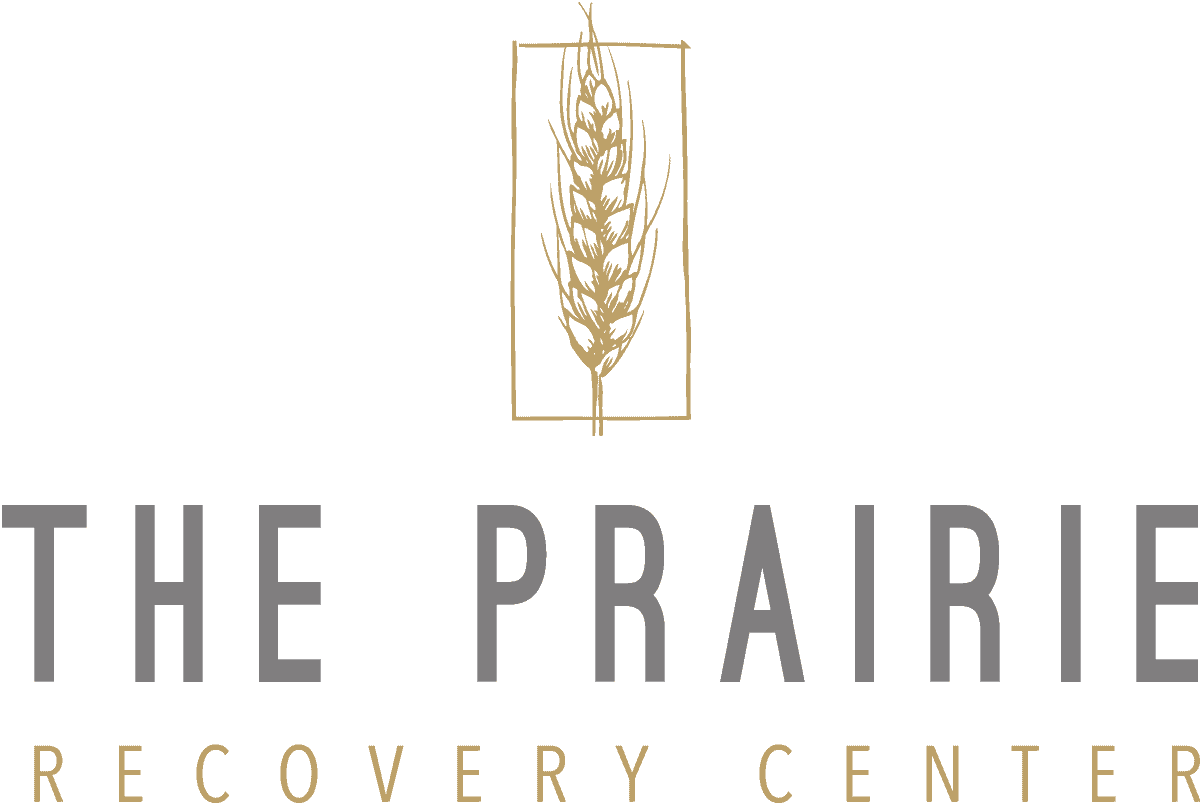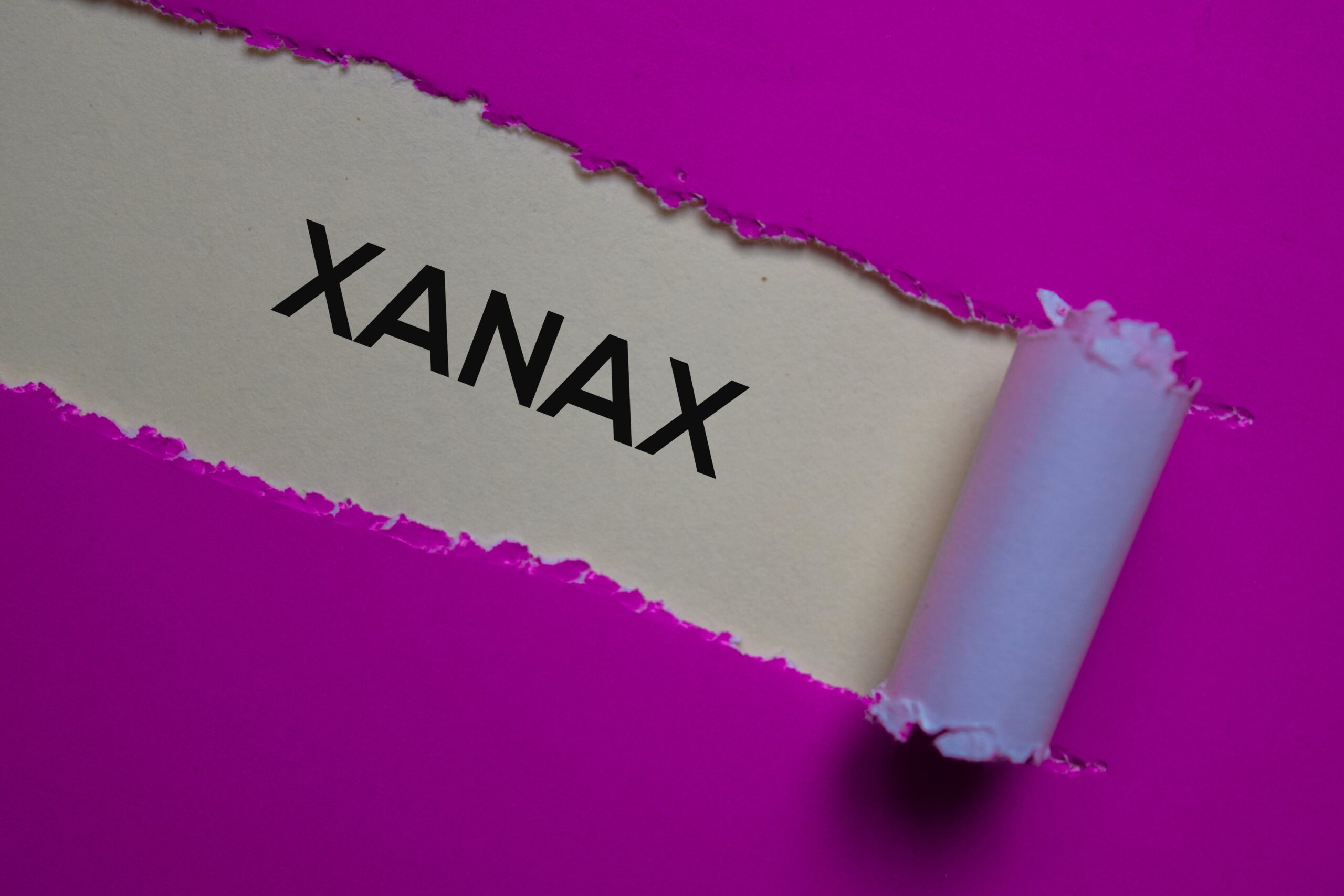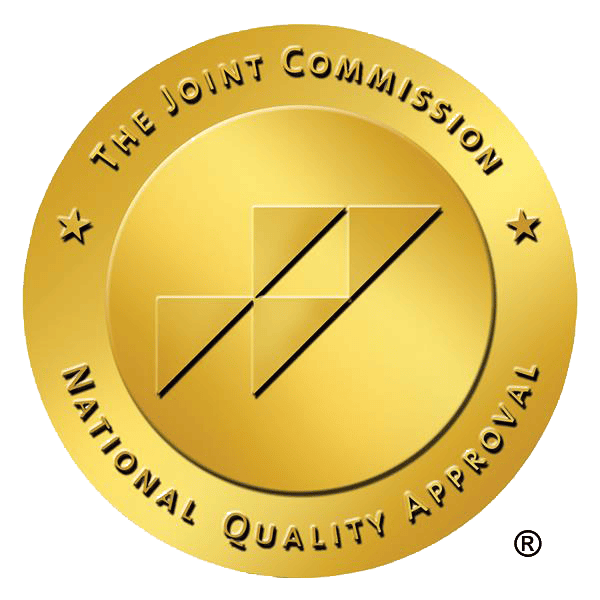Xanax is a widely prescribed medication used to treat anxiety and panic disorders. It is also one of the most commonly abused prescription drugs in the United States. This addictive potential is due to its fast-acting nature and ability to produce feelings of relaxation and euphoria.
Additionally, Xanax can lead to dependence, making it difficult for individuals to stop taking the drug without experiencing withdrawal symptoms. Someone wondering why is Xanax addictive can get professional treatment and make informed decisions about its use.
Xanax Abuse and Overdose
Xanax is a powerful benzodiazepine medication prescribed to control anxiety, panic attacks, and other related disorders. However, due to its sedative effects, it is also frequently abused for recreational purposes. When taken in high doses or combined with other substances such as alcohol or opioids, Xanax can lead to overdose.
Symptoms of an overdose may include extreme drowsiness, confusion, slurred speech, slowed breathing, and even coma. Overdosing on Xanax can be life-threatening and requires immediate medical attention.
How and Why People Get Addicted to Xanax
Xanax is highly addictive due to its fast-acting nature and calming effects on the central nervous system. Many people may initially use Xanax as prescribed for legitimate medical reasons, such as managing anxiety or panic disorders. However, over time, individuals can develop a tolerance to the drug. This leads to self-medicating and taking higher doses to achieve the same desired effects.
Recreationally, Xanax produces feelings of euphoria and relaxation, making it appealing for abuse. The combination of physical dependence and psychological craving can quickly lead to drug addiction. People may also become addicted to Xanax as a way to cope with stress or emotional difficulties in their lives.
Why Is Xanax So Addictive?
A reason why Xanax is so addictive is due to its potent effects on the brain. Xanax works by enhancing the activity of certain neurotransmitters in the brain that help regulate emotions and induce relaxation.
This leads to feelings of calmness and sedation, which can be highly reinforcing for individuals, whether used medically or recreationally.
Signs of Xanax Dependence
Signs of Xanax dependence can vary from person to person based on dosage, duration, and frequency of use. Common signs can include:
- Needing higher doses of Xanax to achieve the same effects
- Experiencing withdrawal symptoms when attempting to stop or cut down
- Self-medicating with Xanax than how it is prescribed
- Using Xanax in ways it is not to be used, like crushing pills and snorting the powder
- Daydreaming about using Xanax
- Spending a significant amount of time obtaining and using the drug
- Neglecting responsibilities at work, school, or home
- Continuing to use Xanax despite any negative consequences
- Inability to function without being under the influence of Xanax
Short and Long-Term Effects of Xanax Abuse
Xanax abuse’s short-term effects include drowsiness, lethargy, slurred speech, impaired coordination, memory problems, confusion, reduced inhibitions, and risky behaviors. The long-term effects of Xanax abuse are more severe.
They often include:
- Physical dependence and withdrawal symptoms upon cessation of use
- Cognitive impairments and memory-related issues
- Increased risk of developing anxiety disorders or depression
- Respiratory problems and potential overdose risks
Xanax Treatment
Xanax addiction treatment typically involves a combination of evidence-based and holistic therapies, along with medication management. Generally, the first step is to be tapered off of Xanax gradually through medically supervised detox. Taking this approach helps reduce the more severe withdrawal symptoms and reduces the risk of relapse.
Next, individuals transfer to some form of ongoing treatment program based on the severity of their addiction. This could be a residential treatment program, partial hospitalization program, or intensive outpatient program.
No matter which program is selected, a comprehensive, personalized treatment plan is developed. Most customized care plans include individual and group therapy sessions, holistic therapies, and medication management.
Individual and Family Therapy
Individual therapy allows individuals to uncover the underlying causes of their addiction. It also helps them to build coping strategies to prevent relapse. Group sessions allow participants to hear and learn from others facing similar challenges. In addition, individuals have the opportunity to build a strong peer support network vital to long-term recovery.
Lifestyle changes are equally important. These can involve learning how to eat healthy, exercising daily, and getting sufficient rest. Learning meditation, yoga, and mindfulness techniques are also beneficial.
Some individuals may also benefit from family therapy as part of their recovery journey. Addiction impacts not just the individual but also their friends and family members. So, it is essential to include them in the recovery process to rebuild damaged relationships and gain additional support.
Lastly, near the end of treatment, aftercare planning occurs. This is an essential step to help individuals develop a plan for ongoing support and treatment for long-term recovery success.
Start Xanax Recovery in a Caring and Supportive Environment Today
Taking the first steps to overcome and learn why Xanax is addictive is difficult. It is vital to remember you are not alone when you are ready to reclaim control over your life. Our caring, compassionate team at the Praire Recovery Center in Austin, Texas, is ready to take this journey with you. We offer personalized treatment programs in a supportive environment.
Contact us now to discover the path toward a healthier, Xanax-free future.






